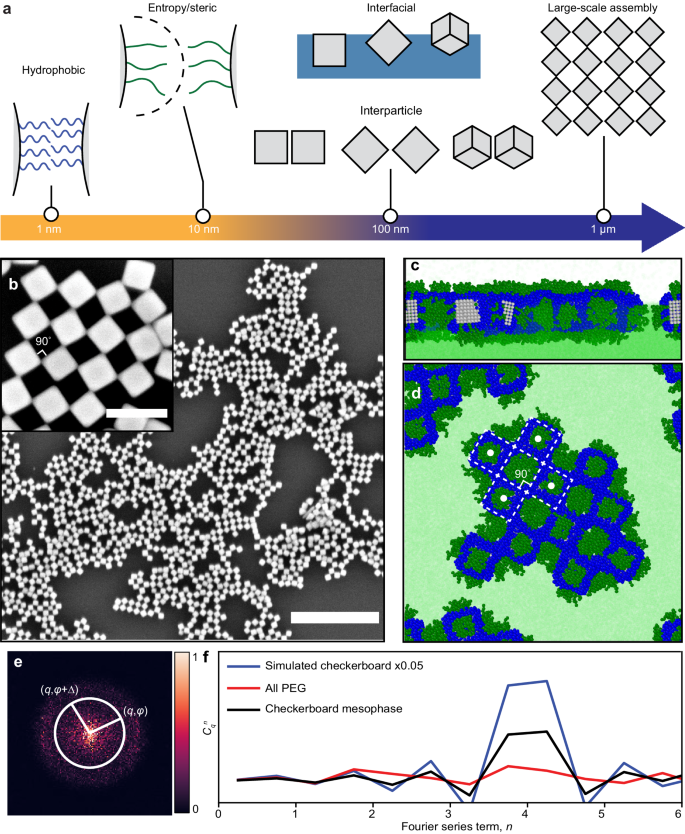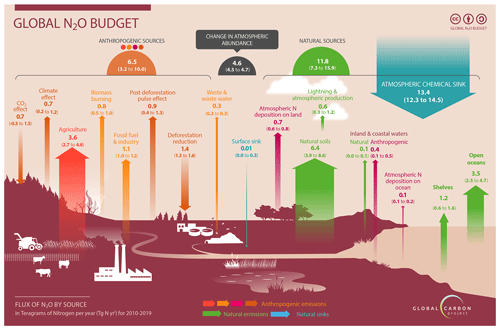2024-06-13 カリフォルニア大学サンディエゴ校(UCSD)
<関連情報>
- https://today.ucsd.edu/story/nanosized-blocks-spontaneously-assemble-in-water-to-create-tiny-floating-checkerboards
- https://www.nature.com/articles/s41467-024-47572-2
非特異的相互作用によるナノ結晶チェッカーボードパターンの自己組織化 Self-assembly of nanocrystal checkerboard patterns via non-specific interactions
Yufei Wang,Yilong Zhou,Quanpeng Yang,Rourav Basak,Yu Xie,Dong Le,Alexander D. Fuqua,Wade Shipley,Zachary Yam,Alex Frano,Gaurav Arya & Andrea R. Tao
Nature Communications Published:09 May 2024
DOI:https://doi.org/10.1038/s41467-024-47572-2

Abstract
Checkerboard lattices—where the resulting structure is open, porous, and highly symmetric—are difficult to create by self-assembly. Synthetic systems that adopt such structures typically rely on shape complementarity and site-specific chemical interactions that are only available to biomolecular systems (e.g., protein, DNA). Here we show the assembly of checkerboard lattices from colloidal nanocrystals that harness the effects of multiple, coupled physical forces at disparate length scales (interfacial, interparticle, and intermolecular) and that do not rely on chemical binding. Colloidal Ag nanocubes were bi-functionalized with mixtures of hydrophilic and hydrophobic surface ligands and subsequently assembled at an air–water interface. Using feedback between molecular dynamics simulations and interfacial assembly experiments, we achieve a periodic checkerboard mesostructure that represents a tiny fraction of the phase space associated with the polymer-grafted nanocrystals used in these experiments. In a broader context, this work expands our knowledge of non-specific nanocrystal interactions and presents a computation-guided strategy for designing self-assembling materials.


